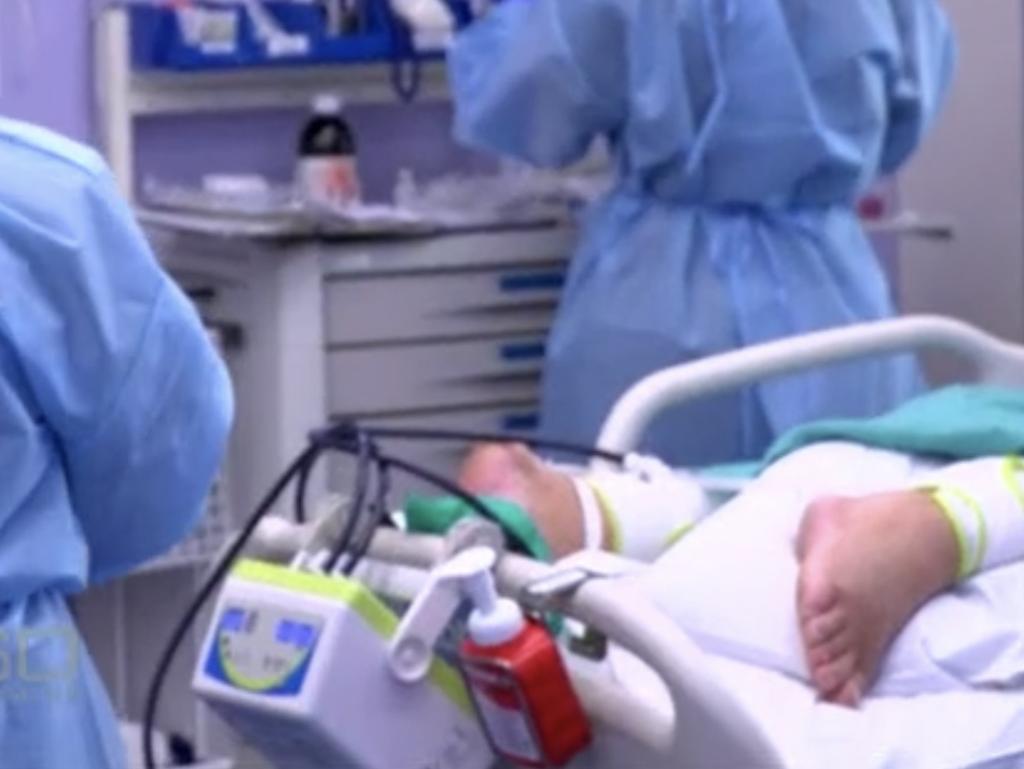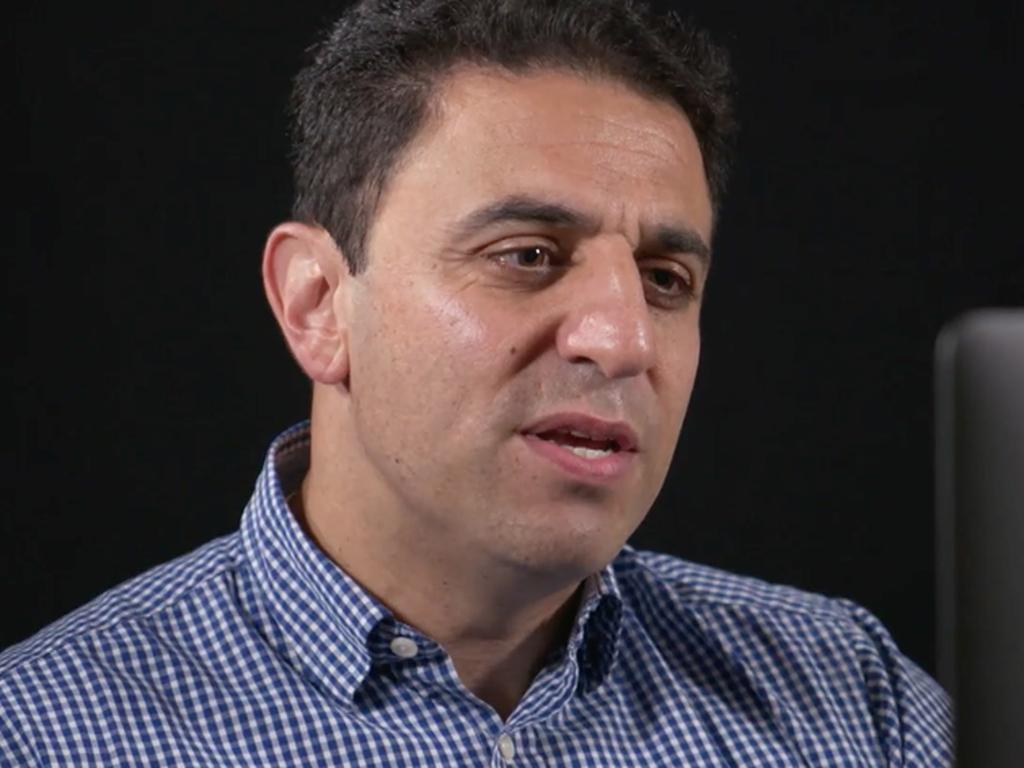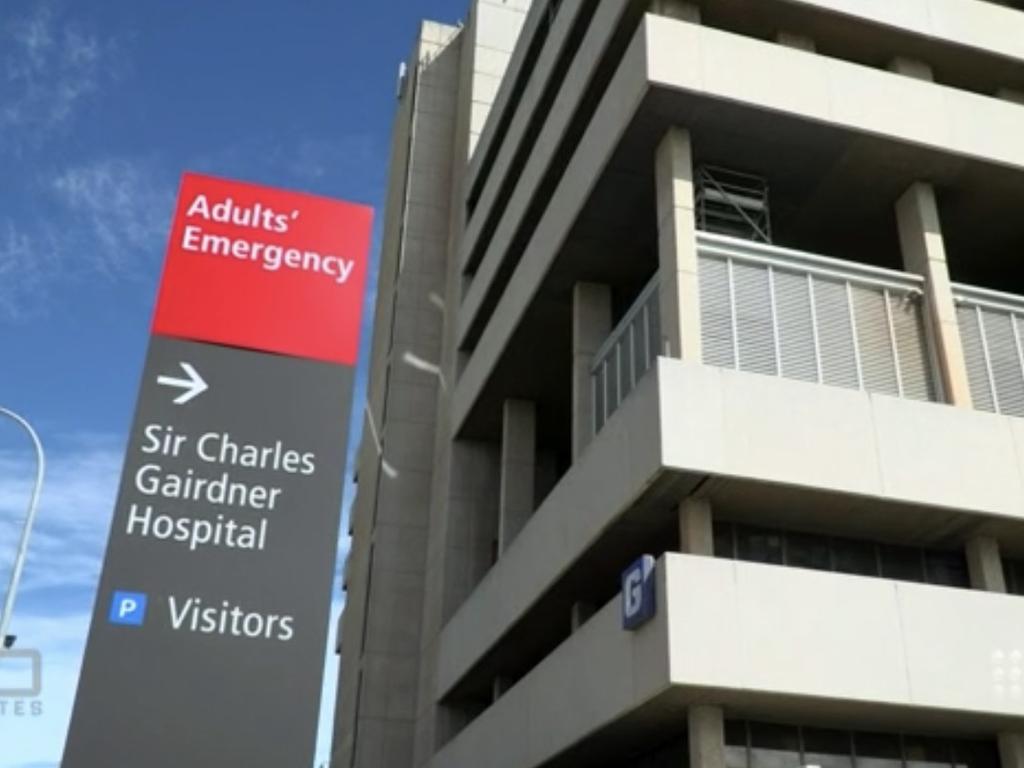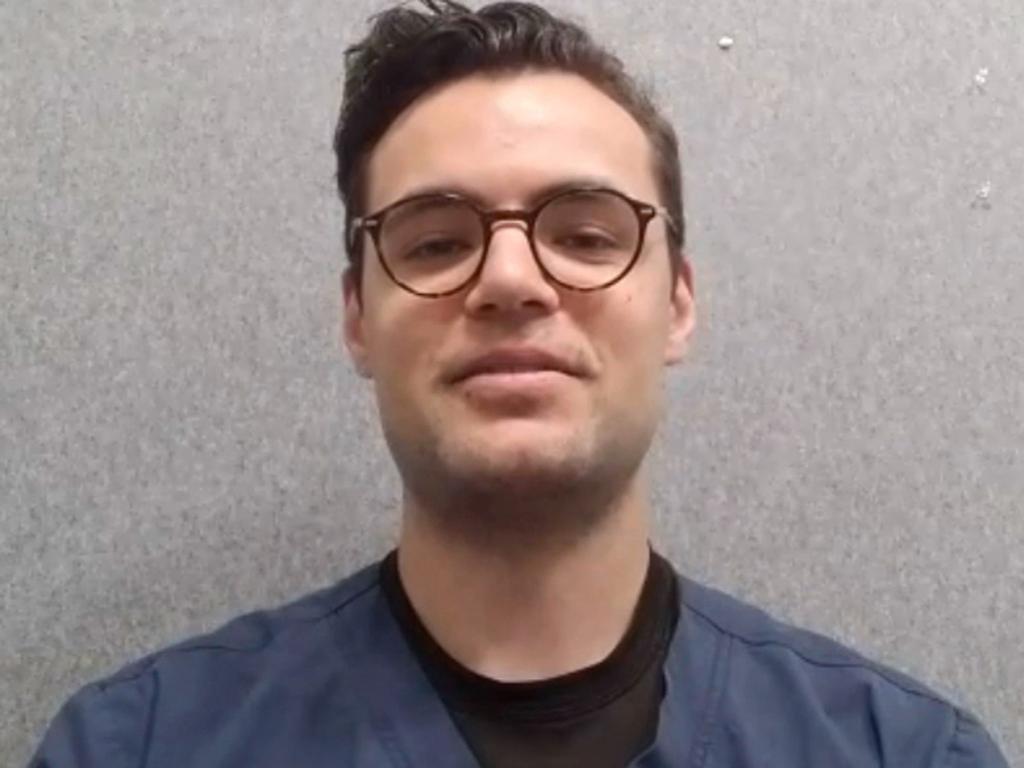Inside Australia’s ‘most dangerous place’, a coronavirus intensive care unit
Perth’s Sir Charles Gairdner Hospital is just one intensive care unit in Australia battling the coronavirus outbreak and doctors say every day is “a matter of life and death”.
For the first time Australians have been given a look inside one of our coronavirus intensive care units, otherwise described as the “most dangerous place in the country”.
At Perth’s Sir Charles Gairdner Hospital, in the COVID-19 ward for critical cases, there are several rooms known as negative pressure rooms, which are designed so air only ever flows in as a way of preventing the contagious virus from spreading outside.
Patients, who are separated by isolated rooms and curtains, are often seen lying face down in the prone position, a common approach for people on ventilators.
MORE: Follow all our coronavirus coverage
MORE: First look at Australia’s coronavirus tracing app

Dr Luke Torre and his colleagues are wearing several layers of protective equipment, and perform lifesaving procedures every day.
60 Minutes reporter Tom Steinfort went inside the ward on tonight’s program of the Channel 9 show, where viewers got a first-hand account from doctors of just how awful it is behind the scenes.
“It’s laborious and it takes a lot of concentration, and after a long period of time it can be sweaty and uncomfortable, but that’s part of the discipline all our nurses and doctors go through every day looking after these patients,” Dr Torre tells Steinfort.

Sir Charles Gairdner Hospital, where Dr Torre is based, also happens to be the site where the first person died of the virus in Australia, 78-year-old Perth man James Kwan.
“We had the … the infamy of having that patient in our ICU,” Dr Torre said.
“And it was a worry because, you know, when you're a none-for-one and that's your total denominator, you wonder if, ‘Well, is that, uh, how it's going to be’.
“But on the other hand, we know every patient is different and every patient has a set of factors that make them more likely or less likely to do well. So we knew that every case will be taken on it's own merits and every outcome will be different.”

And while the work is emotionally and physically draining, Dr Torre says perhaps the hardest part of working in the coronavirus ICU ward is the conversations he has to have with his patients, who aren’t able to say goodbye to their loved ones in case the worst happens.
“The conversations we’re having do require a lot more compassion and empathy,” he said.

“You know, it is a very difficult scenario when you tell someone, ‘I’d like you to call your loved one now and tell them what I’ve just told you and consider telling them things that you, you might not want left unsaid’.
“Once they go into that sedation and machine, on that machine, the chance of coming off is not great. And there is a realistic chance that they may die. And what’s particularly challenging is those conversations are often had in isolation without their loved ones with them by their side and they’re alone.”
Patients in the ICU ward are critical cases, and when they walk through the doors there’s a fair chance they may never walk out.
Australia’s hospitals do, however, have an astounding success rate in comparison to the rest of the world.
In the UK if you make it to an ICU ward, you are a 50 per cent chance of dying. The percentage increases further in the US.
RELATED: Can coronavirus hide in your brain?
RELATED: Can you catch coronavirus twice?
But it’s not just the patients struggling.
Aaron Lampe, a nurse in the infectious diseases unit at Melbourne’s Alfred Hospital, has been forced to self-isolate from his partner.
He made the decision not to see her a month ago after his workload became solely taking care of COVID-19 patients.
“(We have seen each other) through a window and at a distance,” Mr Lampe said.
“We drop off things and she'll drop off food and we're pretending that we're dating again, so we're just trying to see the positives in it.
“(Dating involves) a lot of flowers and I've dropped off a few notes. And we've got our two year anniversary coming up, so we're going to Uber Eats food to each other at our houses and Skype over phone and have our gifts delivered at that time.”
But it’s not all doom and gloom.

Dr Torre also gets to see countless patients restored to vigour.
“I must admit you couldn't wipe the smile off my face. The first patient our team put onto our machines finally got off after about 13 or 14 days and then had a nice slow recovery in the ICU for several days after that,” he said. “Getting strengthened, breathing better and was able to get out to the ward just a few days ago. That was a great sense of relief and happiness to know that we can win.
“Because, you know, obviously you hear the horror stories, what's happening around the world, but we can win and we are doing really, really well.”
The coronavirus death toll in Australia reached 84 today with the deaths of three people — one in NSW, one in Victoria and one in Tasmania.
Australia has now recorded 6694 confirmed cases of COVID-19, including 2994 in New South Wales, 1346 in Victoria, 1026 in Queensland, 438 in South Australia, 549 in Western Australia, 207 in Tasmania, 106 in the Australian Capital Territory and 28 in the Northern Territory.




